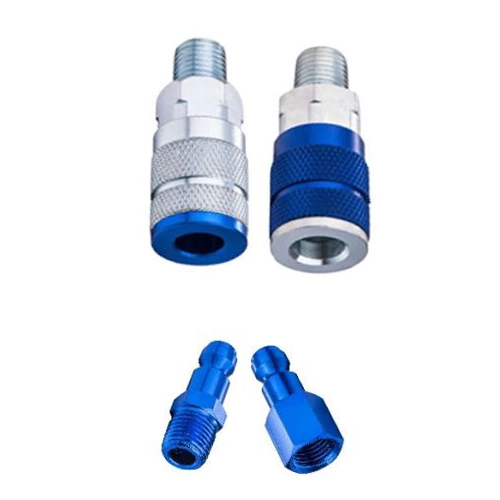The machining steps of CNC parts usually involve multiple links to ensure that the whole process from the drawing of the part to the processing of a qualified product goes smoothly. The following is a detailed overview of the machining steps for CNC parts compiled from several authoritative sources:
First, the preparation stage
1. Drawing analysis:
– Carefully study the drawings of the parts to understand the shape, size, accuracy requirements, materials and other information of the parts.
2. Process design:
– According to the drawing analysis results, develop the machining process route, including selecting the machining method (such as milling, turning, drilling, etc.), determining the machining sequence, selecting the appropriate tool and cutting parameters, etc.
3. Program writing:
– Use CNC programming languages (such as G code, M code, etc.) to write machining programs. For complex parts or special machining requirements, it may be necessary to use professional programming software for auxiliary programming.
4. Simulation simulation:
– Before the formal processing, the written program is simulated to check the correctness and feasibility of the program, so as to avoid errors in the actual processing leading to workpiece scrapping or equipment damage.
Second, the machine tool preparation stage
1. Boot and return reference point:
– Start the machine, manually return to the reference point, establish the machine coordinate system.
2. Program input:
– Input the written machining program into the system of the CNC machine tool, or import the program into the machine tool through an external storage device (such as U disk, network, etc.).
3. Fixture and workpiece preparation:
– Calibrate the fixture to ensure its accuracy and stability. Clamp the parts to the machine tool, pay attention to the surface of the cleaning parts, to avoid impurities such as oil, iron filings and dust affecting the processing quality.
4. Tool preparation:
– Prepare the required tools according to the requirements of the machining program, and carry out the installation and operation of the tools. Ensure that the initial position of the tool is consistent with the position set in the program.
Third, processing execution stage
1. Set the workpiece coordinate system:
– Determine the workpiece coordinate system to ensure accurate coordinate positioning during machining.
2. Trial operation procedure:
– Test run the program in automatic mode to check the correctness and feasibility of the program. Adjust and optimize the program if necessary.
3. Formal processing:
– Start the CNC machine and start the automatic machining according to the machining program. In the processing process, the operator needs to pay close attention to the running state of the machine tool, such as the wear of the tool, the flow of the cutting fluid, the processing progress of the workpiece, etc., and adjust the cutting parameters in time or deal with possible abnormal situations.
Fourth, the follow-up processing stage
1. Size measurement and inspection:
– Use measuring tools (such as vernier caliper, micrometer, coordinate measuring machine, etc.) to measure the dimensions of the finished parts and check whether the dimensions of the parts meet the requirements of the drawings.
2. Surface quality inspection:
– Observe the surface quality of the parts, check for scratches, burrs, deformation and other problems.
3. Functional test:
– For some parts with special functions, functional testing is required to ensure that the parts can meet the requirements of use.
4. Site cleaning and record keeping:
– Clean up machine tools and work site after machining to keep the environment clean. Record and save the relevant data in the machining process (such as machining time, cutting parameters, inspection results, etc.) for subsequent quality traceability and process improvement.
5. Parts storage or delivery:
– Identify and package qualified parts, and go through storage procedures or deliver them to customers.
To sum up, the processing step of CNC parts is a system engineering involving multiple links, which requires operators to operate in strict accordance with the specifications to ensure processing quality and efficiency.





